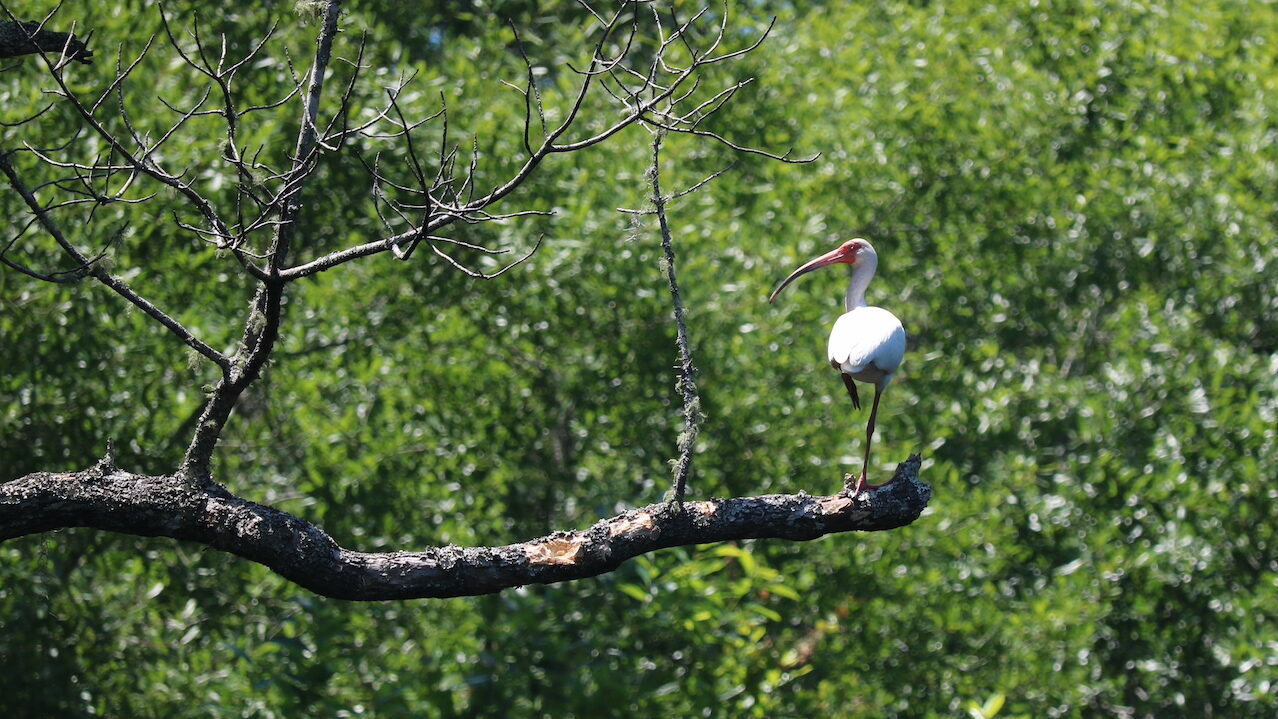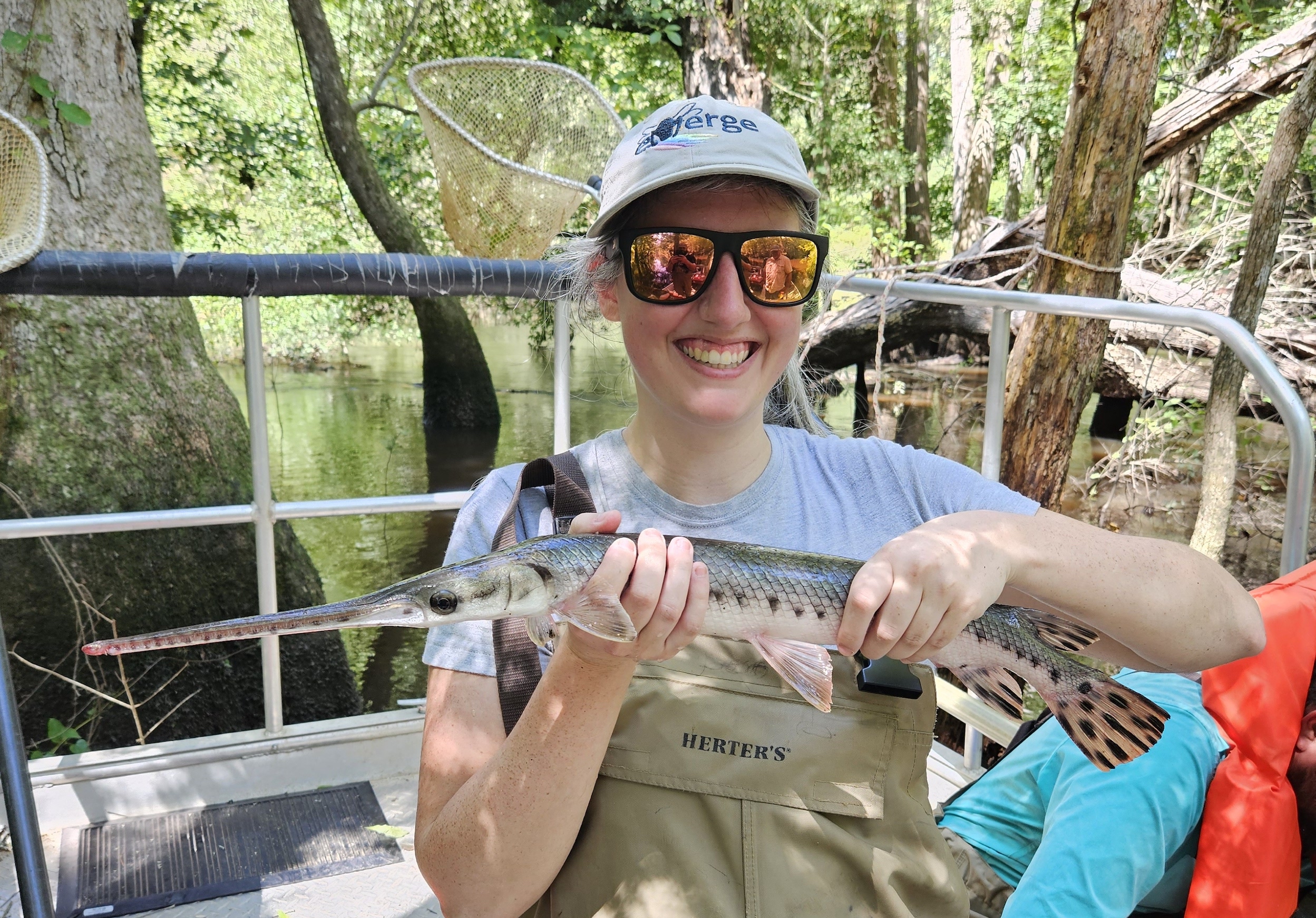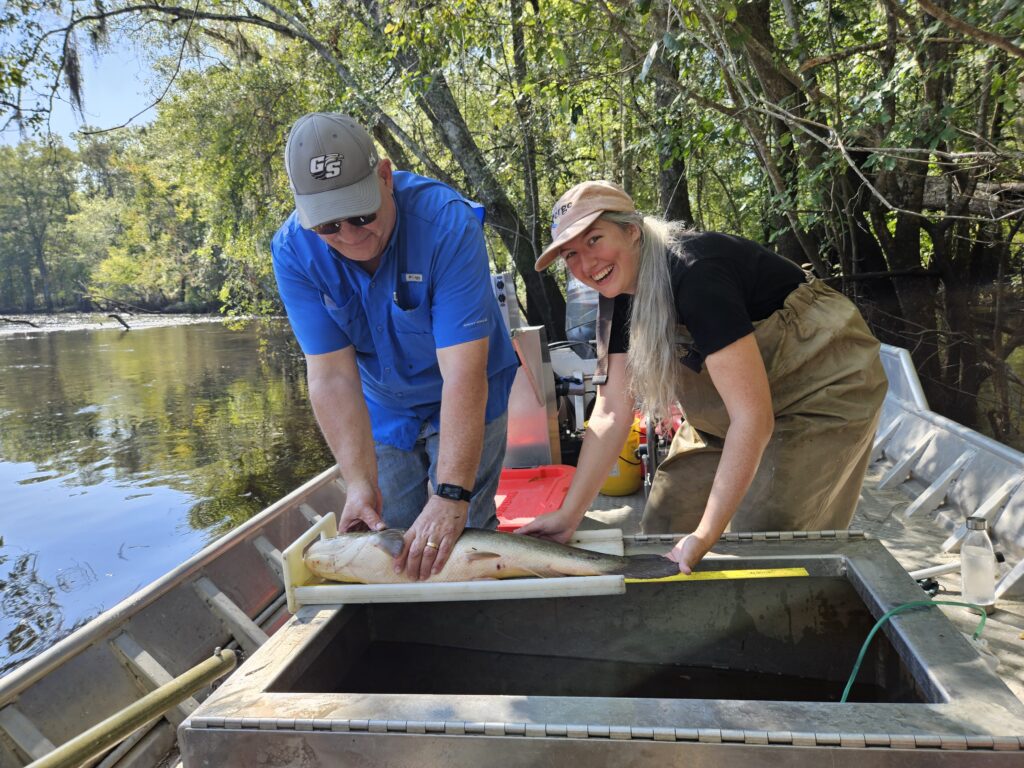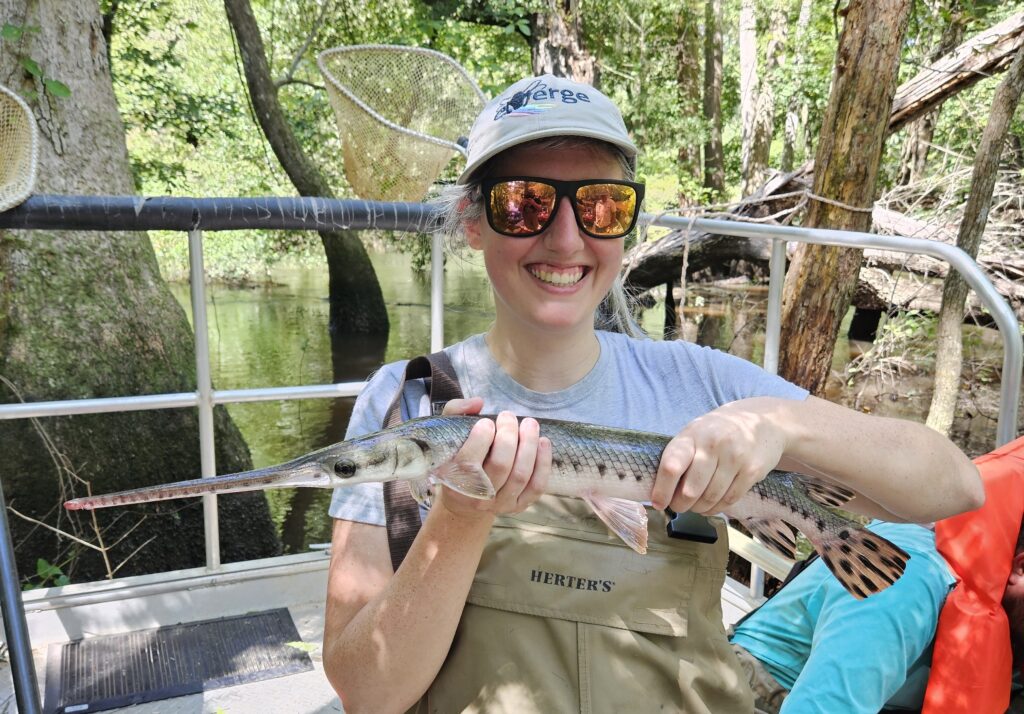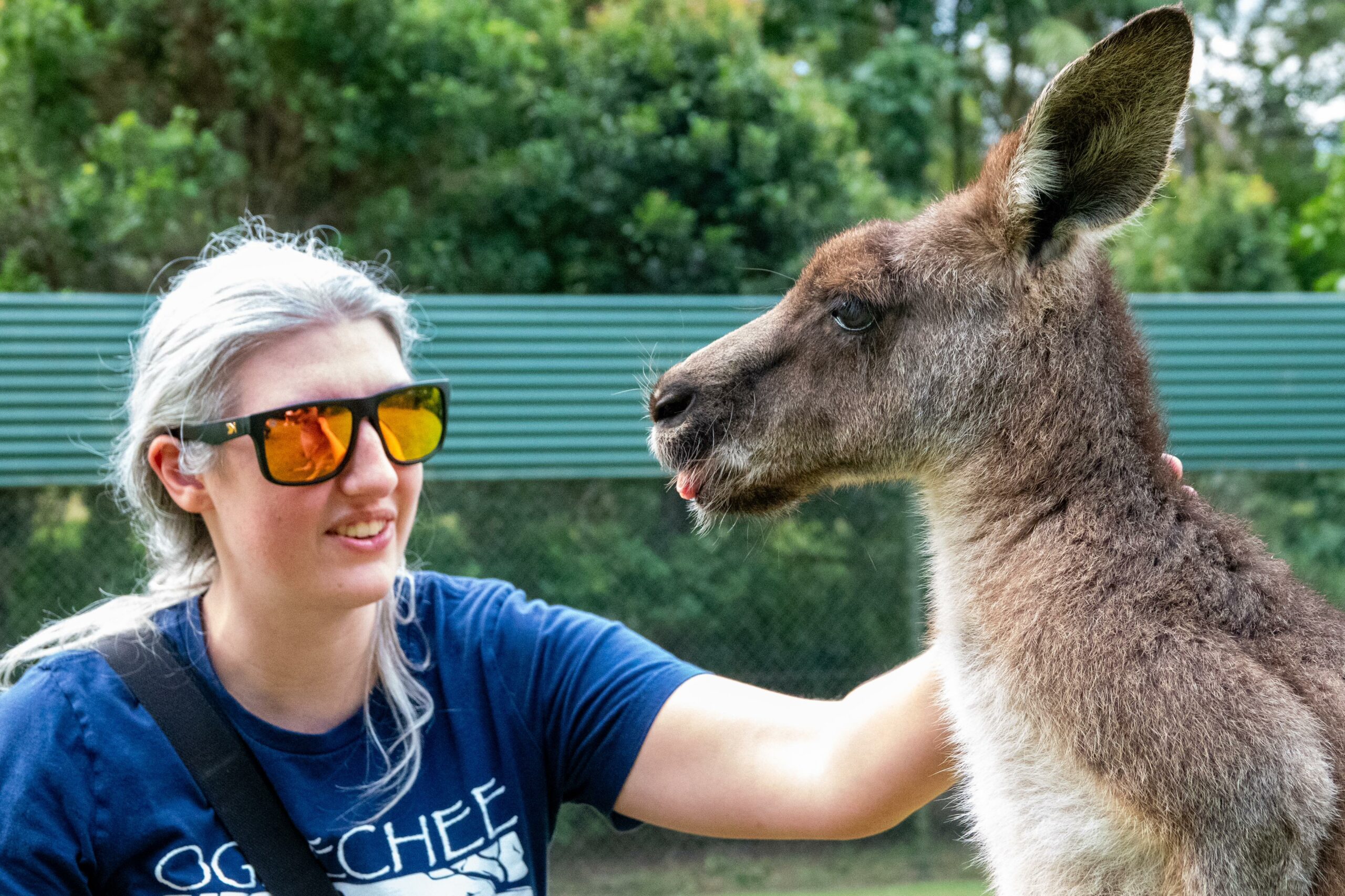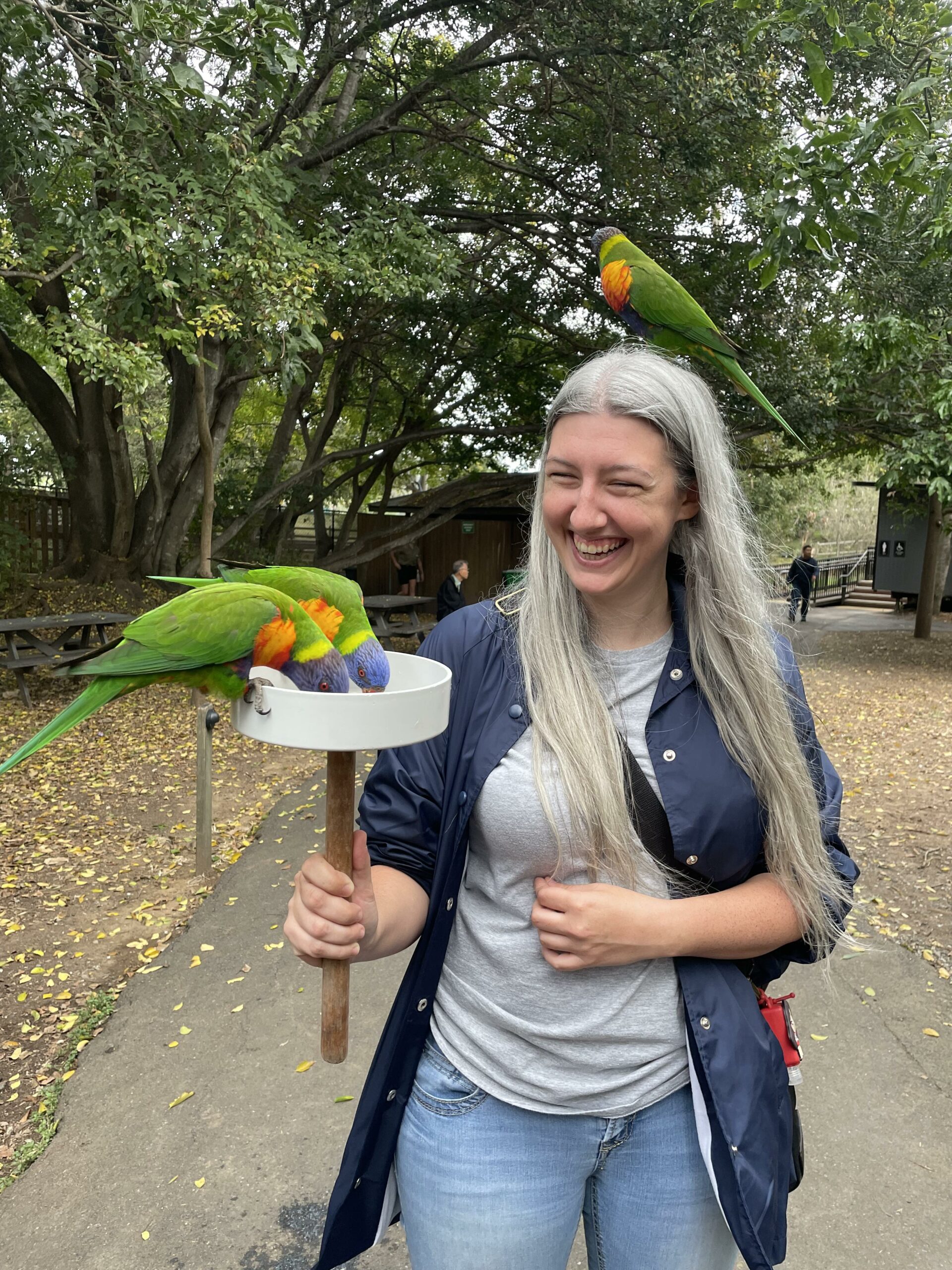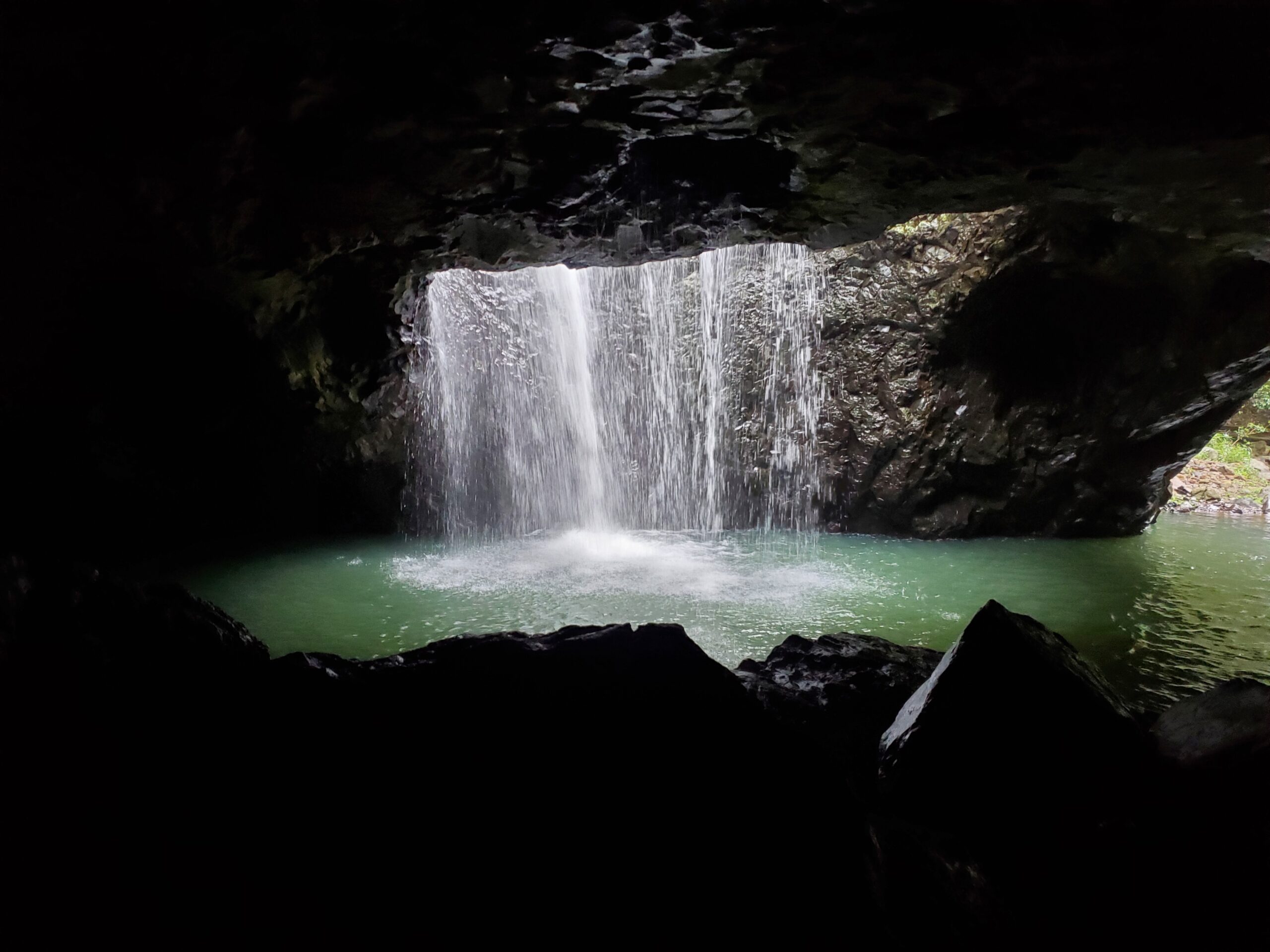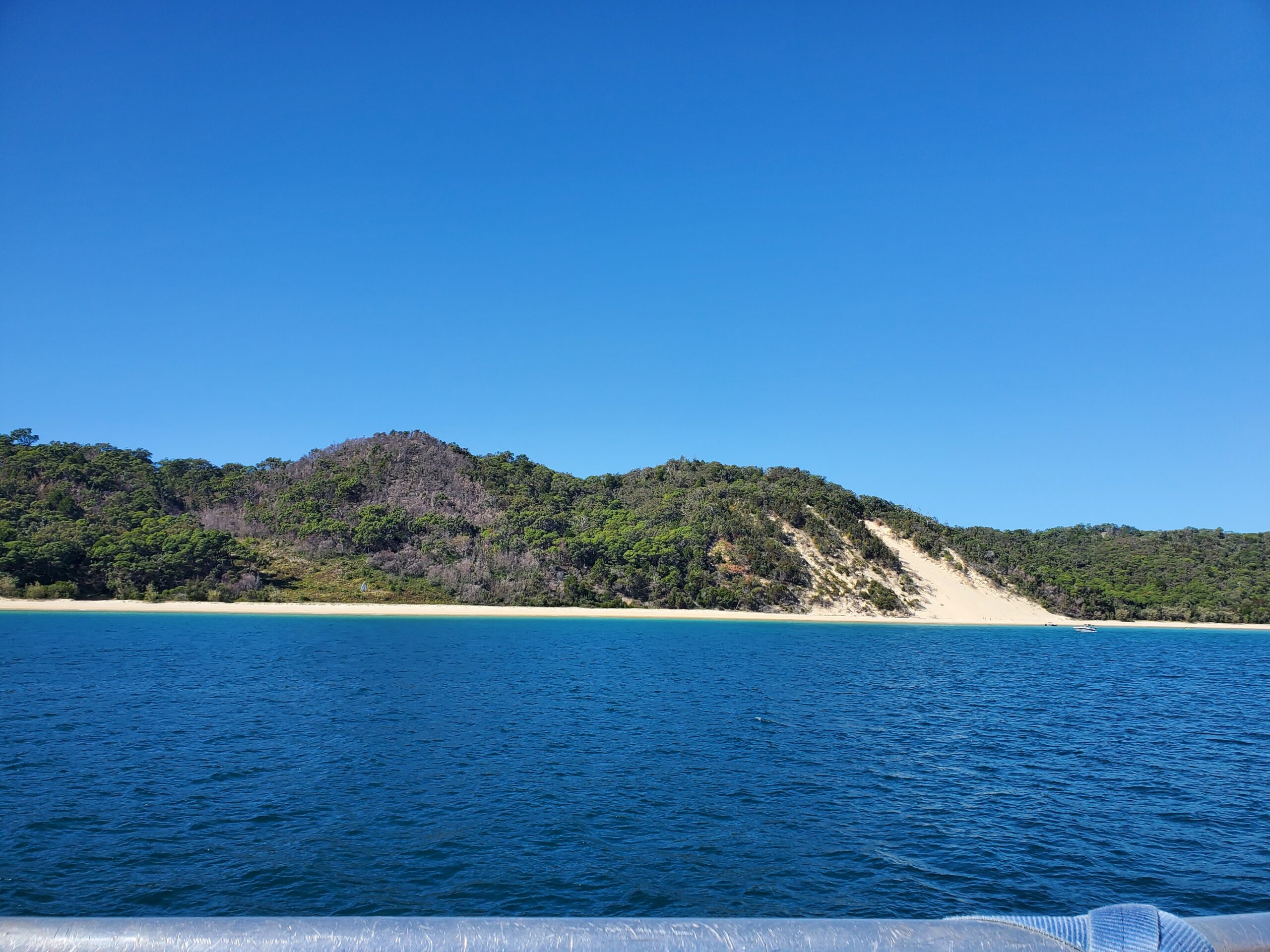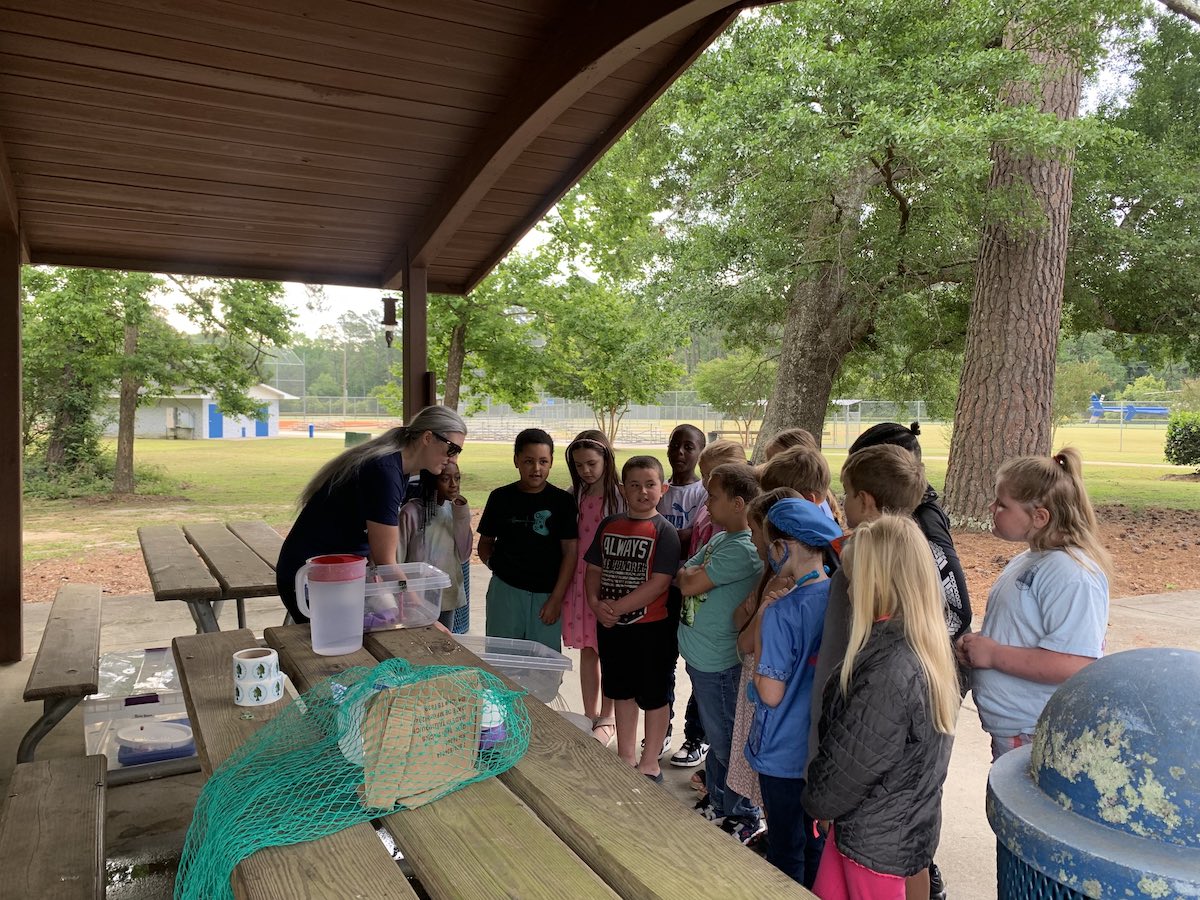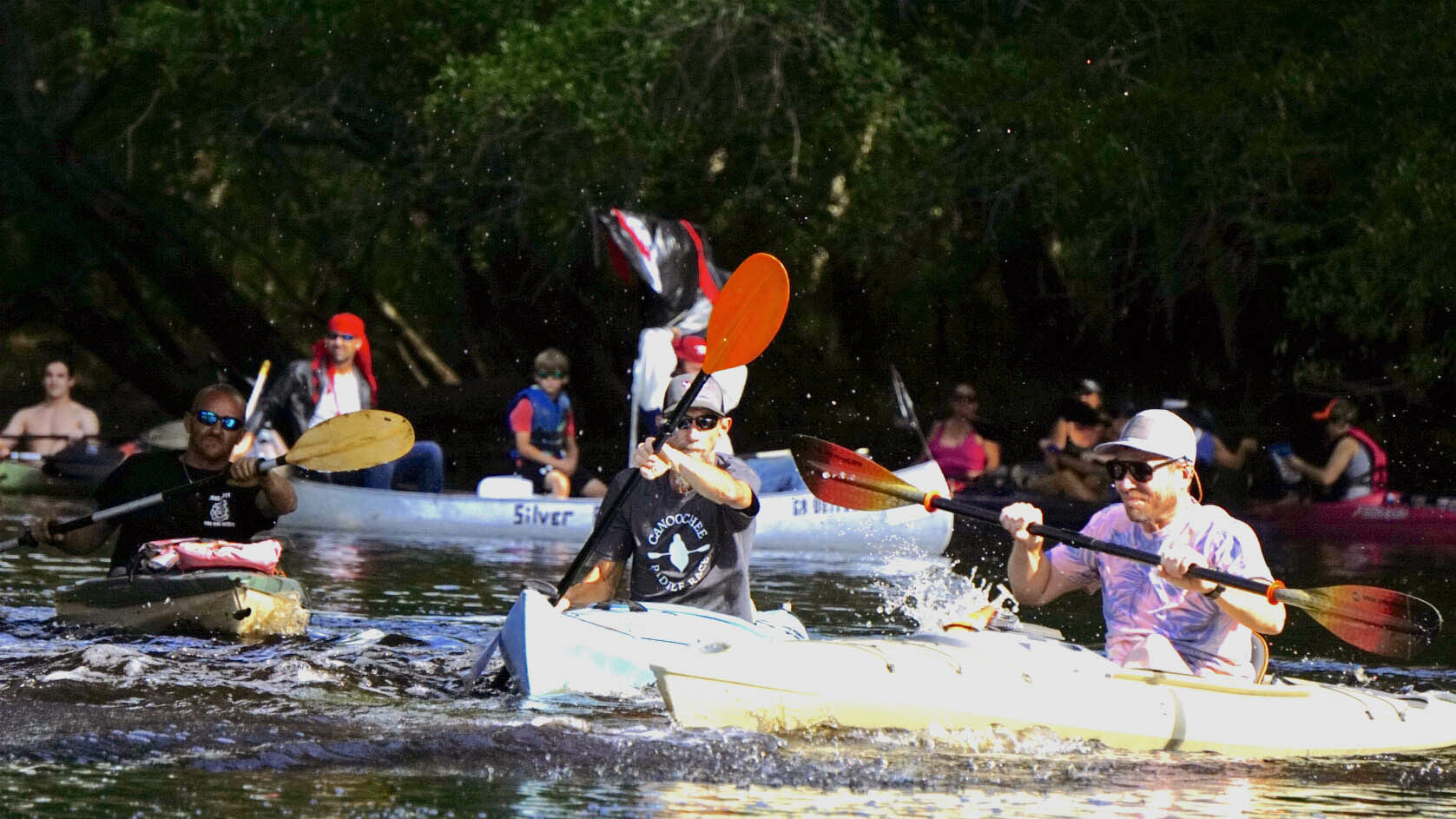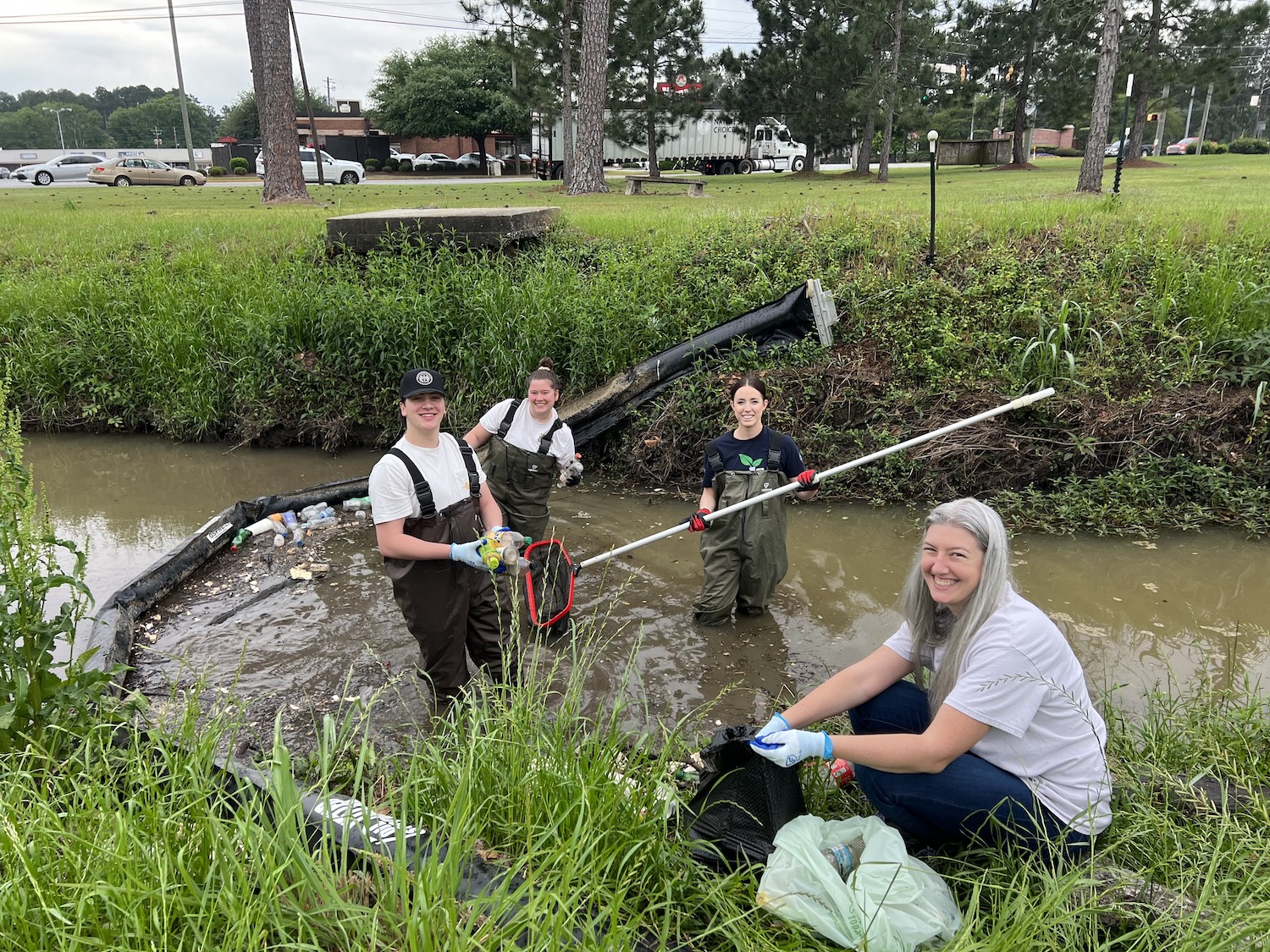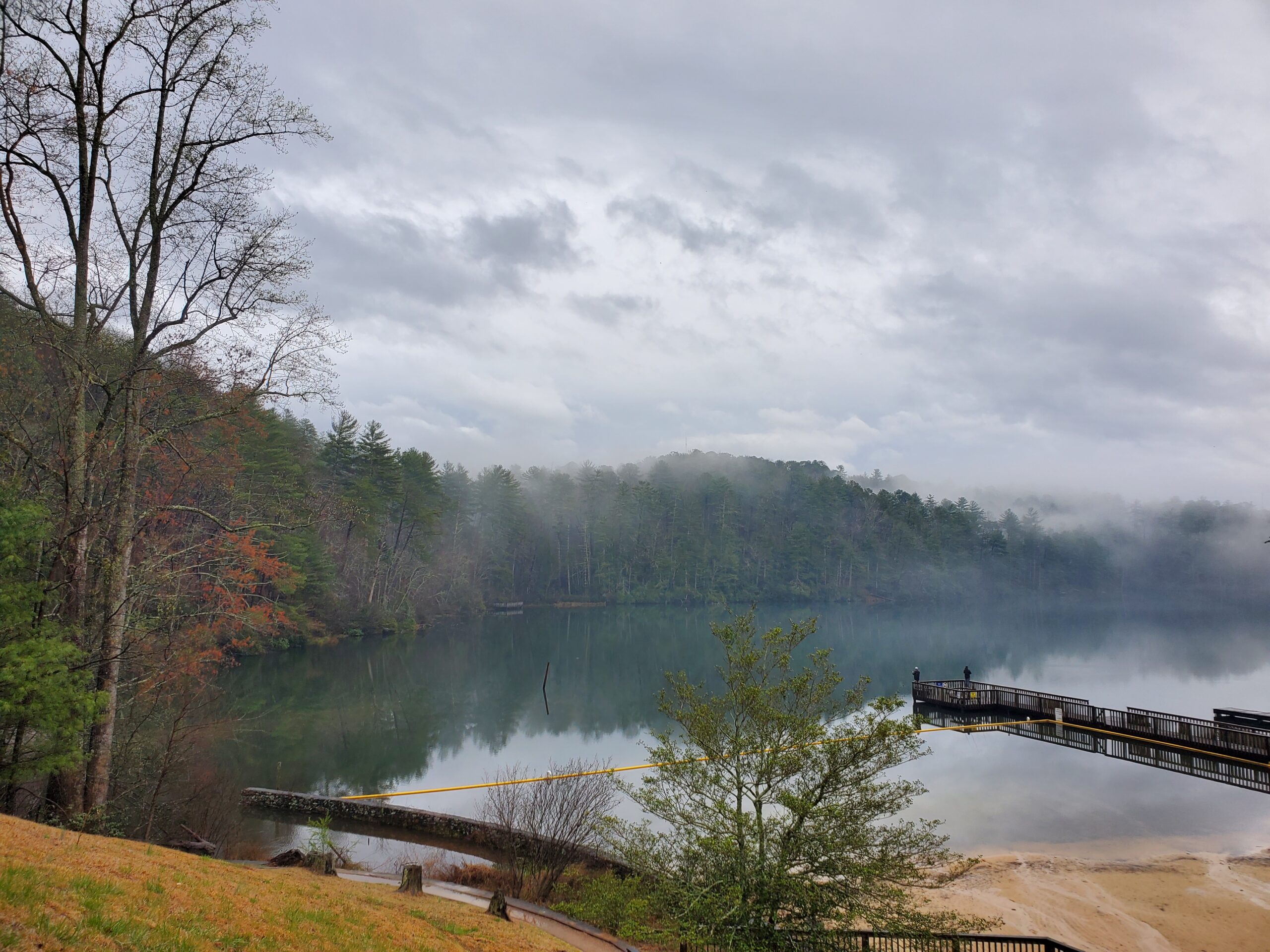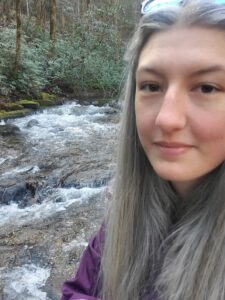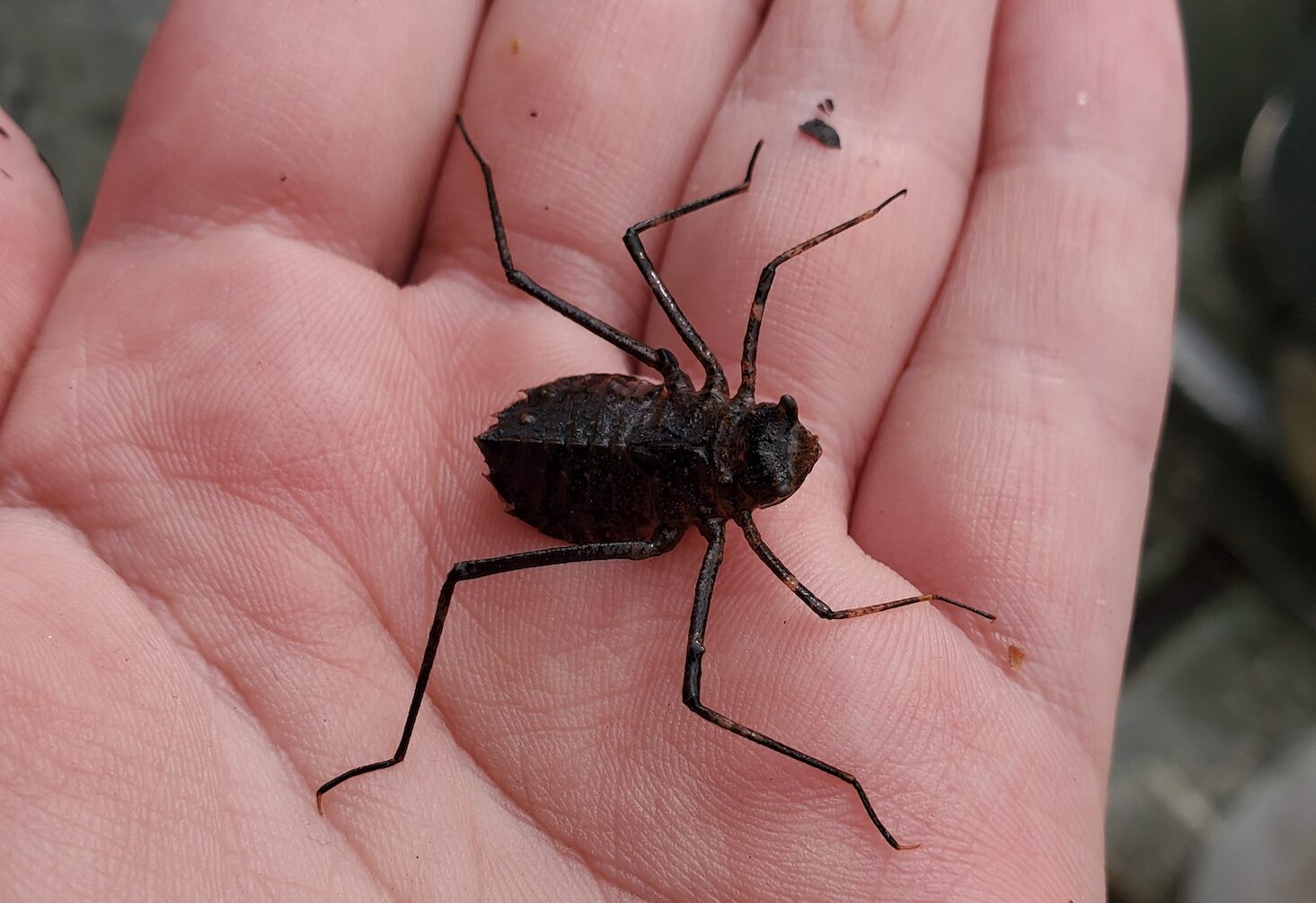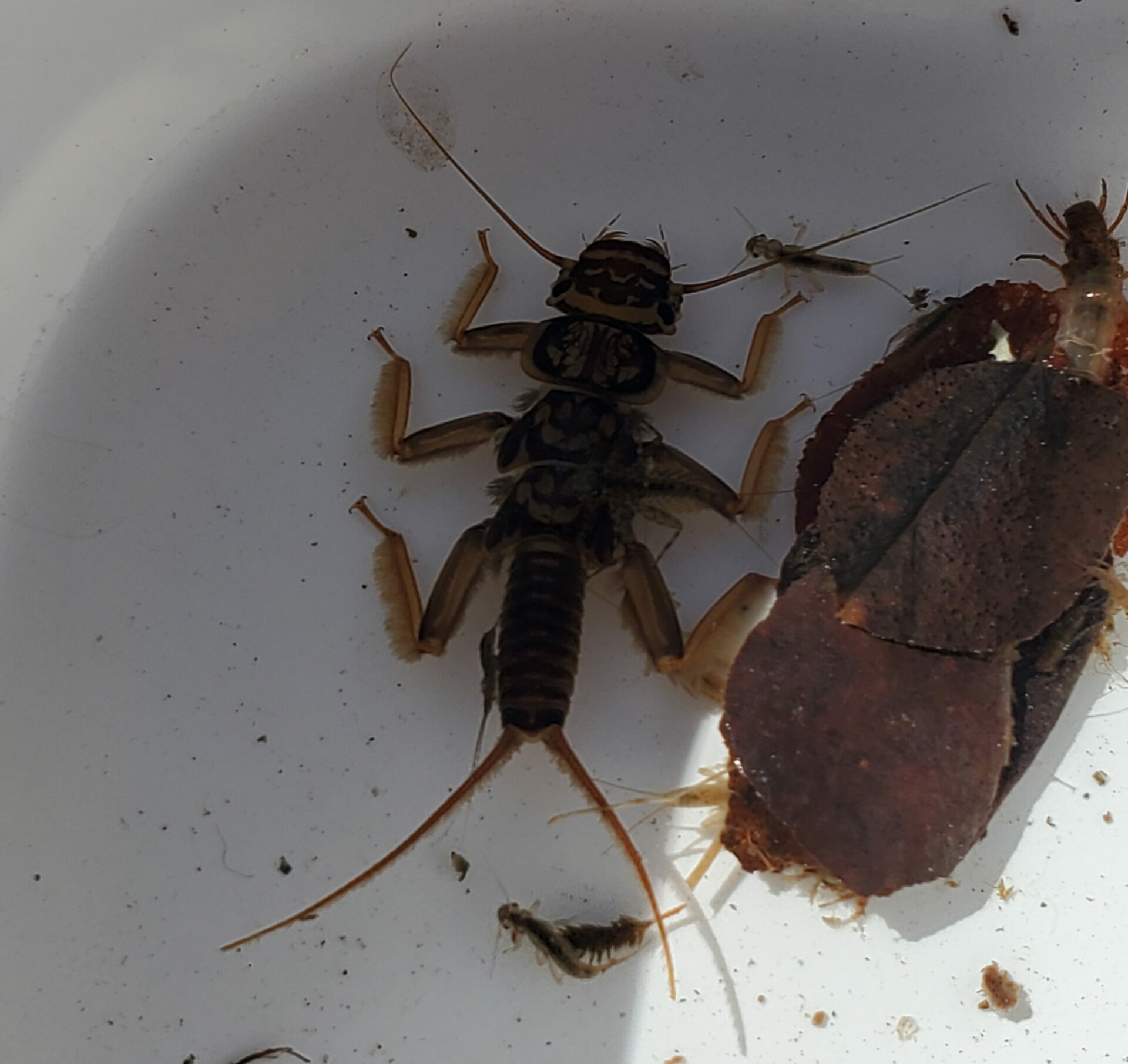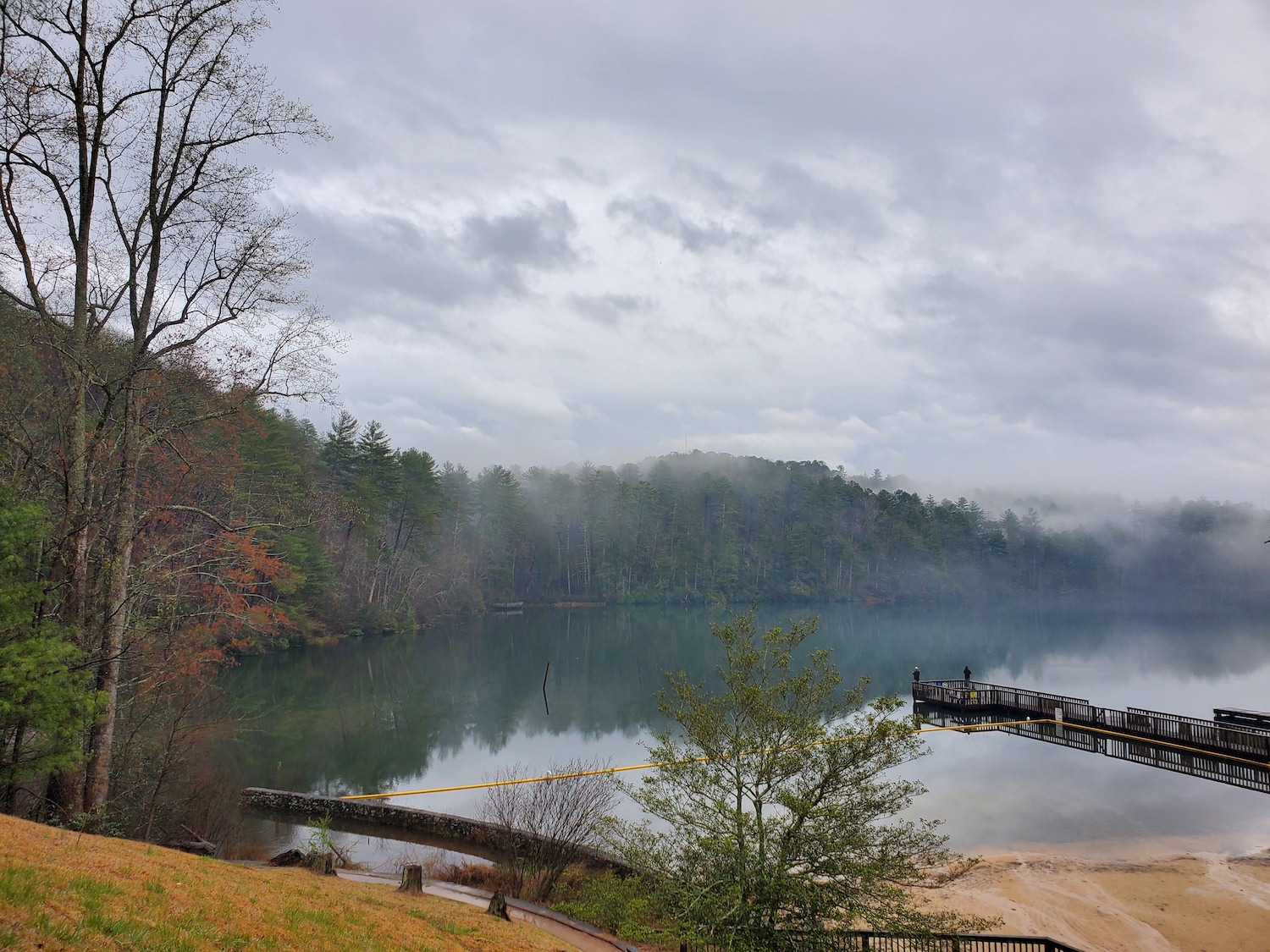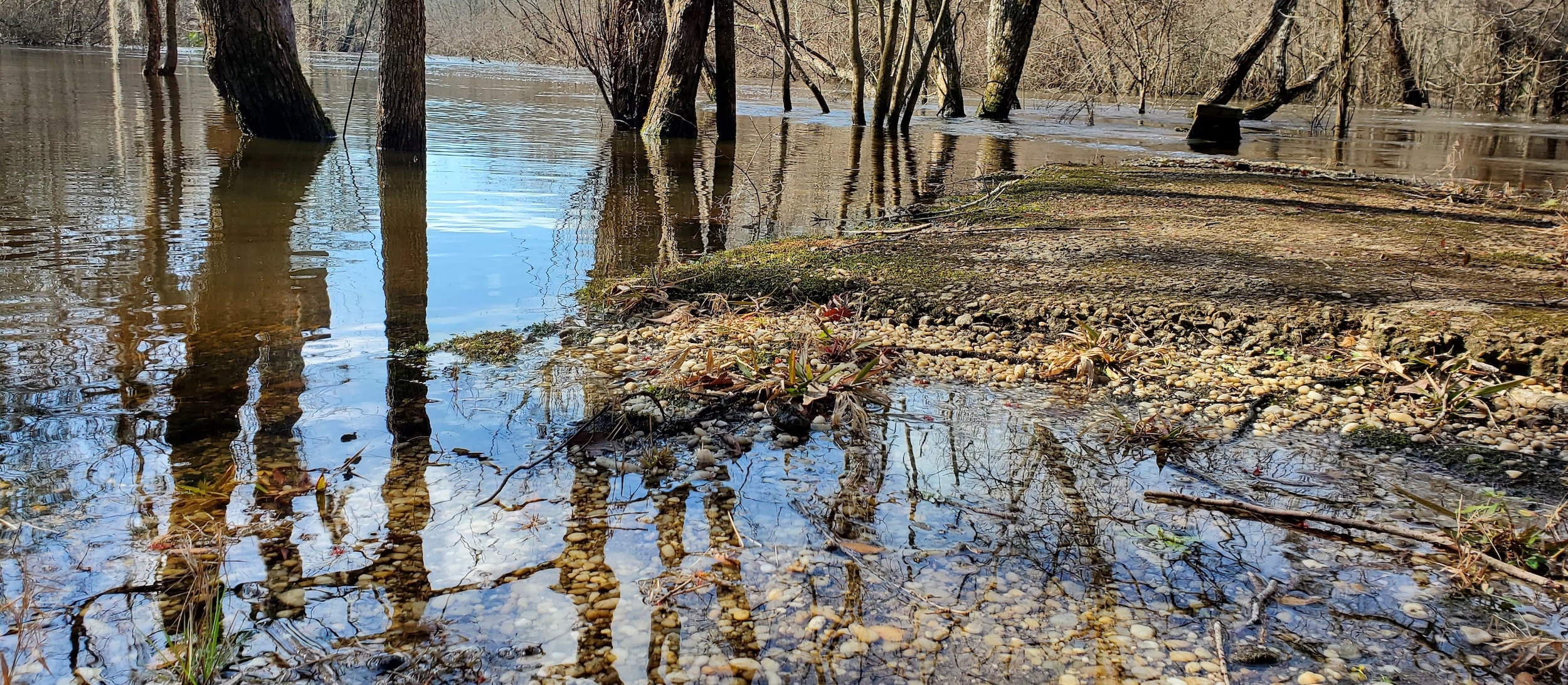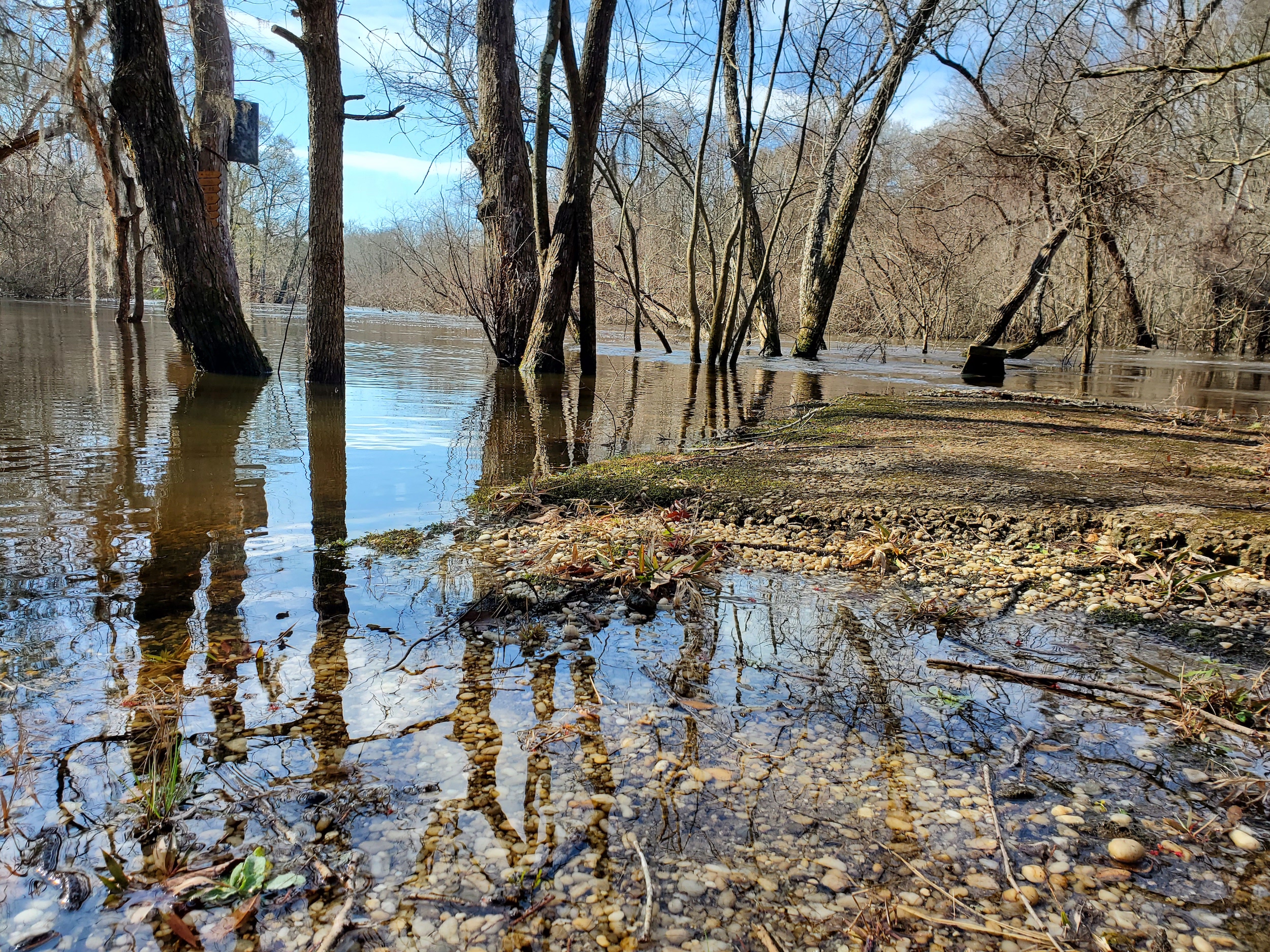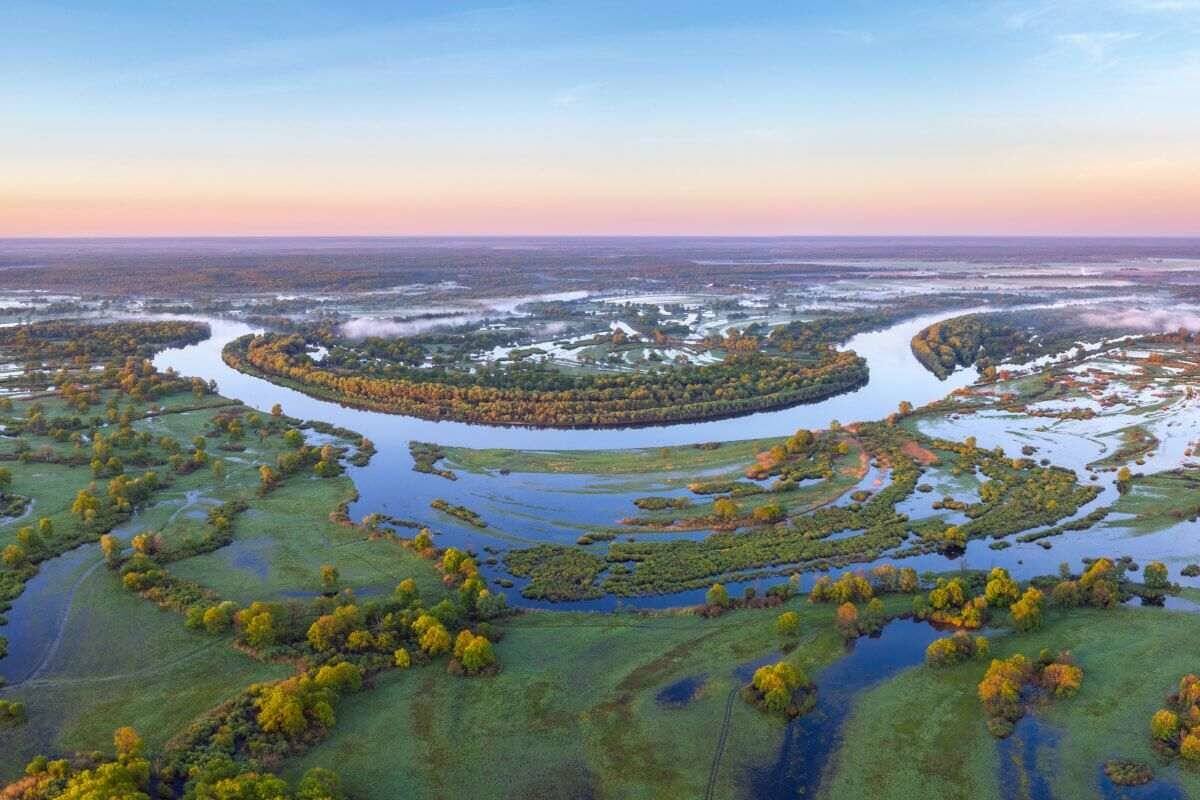September has been a very eventful month for my research. This month we began the fish community assessment for my study! The location near Highway 301 posed an accessabilty issue for the our electrofishing boat, so we adjusted to the Oliver boat ramp. Electrofishing and the process is less scary than it sounds.
Electrofishing is a process that uses electrotaxis, which is a method that temporarily stuns the fish for capture. This process and recovery is easy for the fish. Researchers follow strict safety procedures when on the boat because there is an electrical current. The fish are netted and put in to an aerated live well and observed closely for recovery. Most fish recover within seconds of being put in to the live well. The fish are later identified, measured, and counted for the study. No fish are harmed or kept during this study.
For this project, we collected a wide variety of fishes. One common fish we caught was Bowfin. Bowfin are obligate air breathers, meaning that they can also breath oxygen from the surface when needed. They have a large gular plate on their chin that looks like a triangle-shape. Many of these characteristics are considered “primitive” because they are characteristics that closely relate to ancestor fishes that are long extinct. Bowfin are paired nesters and the male helps by building and guarding the eggs and young. These fish are only found in North America.
Another group of fish only found in North and upper South America are the gar. We found two different gar species on our survey, Longnose Gar and Florida Gar. Gar are also considered “primitive” fishes. Gar are one of my favorite fishes in this area because of their curiosity and relaxed nature. We often find gar watching near the surface while in the boat. They do have long, sharp teeth that can cause lacerations if improperly handled.
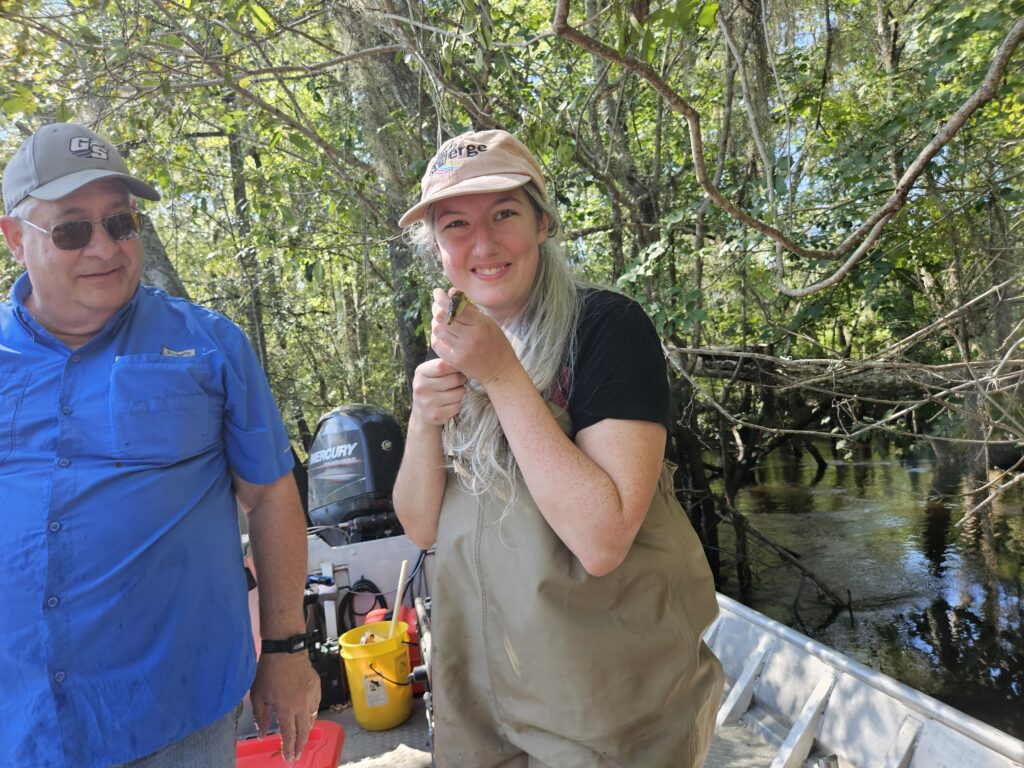
Another special fish I found while traversing the Ogeechee River was the American Eel. Yes, eels are also fish! The American Eel is a catadromous fish, which means it lives in rivers as adults, but heads out to the sea to spawn. American Eels only spawn in the Sargasso Sea. The IUCN Red List marks American Eels as endangered and these species should be treated with care. Eels can easily get trapped in crayfish traps and other lines that stay in the water for extended periods of time.
